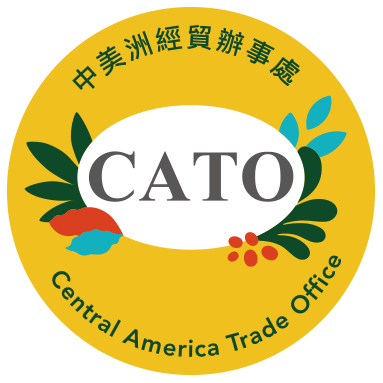Ma touts Taiwan's first synchrotron light
2015-01-27
President Ma Ying-jeou said Jan. 25 that the first synchrotron light generated by Taiwan Photon Source will help transform the nation into a leading creator of new technology and business opportunities.
“TPS opens up tremendous possibilities for Taiwan’s key sectors spanning medical and nano-devices, as well as pharmaceuticals and semiconductors,” Ma said. “The project will also sharpen the fundamental and multidisciplinary research capability of the country’s academia and foster next-generation R&D talent.”
The president made the remarks during a ceremony celebrating the completion of the TPS at National Synchrotron Radiation Research Center in Hsinchu Science Park.
Citing NSRRC statistics, Ma said the brightness of the synchrotron light is 100,000 times that generated by Taiwan Light Source, the country’s first synchrotron accelerator that went on line in 1993.
Boasting an energy of 3 gigaelectron-volts, the light will be the brightest in the world by the end of the year, Ma said, adding that it is expected to remain among the top three of its kind for the near term.
NSRRC Director Gwo Shang-jr said the TPS is an indispensable tool for experiments in biotechnology, cutting-edge science and industrial application.
“For example, the high-brightness synchrotron light can generate nano-grade imaging definition of cancer cells and provide better diagnosis and treatment. It can also assist in enhancing semiconductor process technology and shortening development of new pharmaceuticals.”
According to Ma, technological development is key to national competitiveness and a top policy priority for the government. Since the TLS went live 22 years ago, it has helped cultivate thousands of top-notch professionals for Taiwan and given rise to an average 350 published research papers per year.
“We are committed to fostering scientific R&D in Taiwan,” Ma said. “Between January and September last year, the government allocated NT$19.3 billion [US$614 million] of public funds under the auspices of the Ministry of Science and Technology.
“The money was primarily used to sponsor nearly 18,000 projects by around 300 local research organizations in natural and life sciences.”
Source: Taiwan Today (http://taiwantoday.tw/ct.asp?xItem=226763&CtNode=413)











